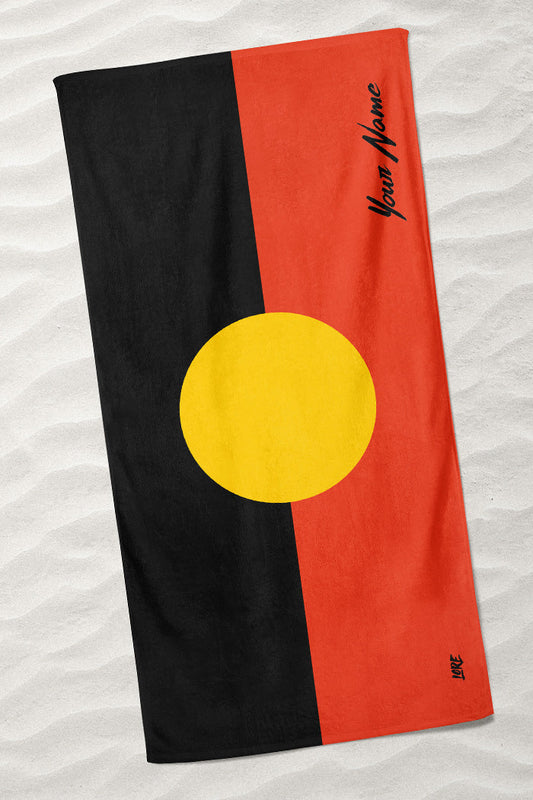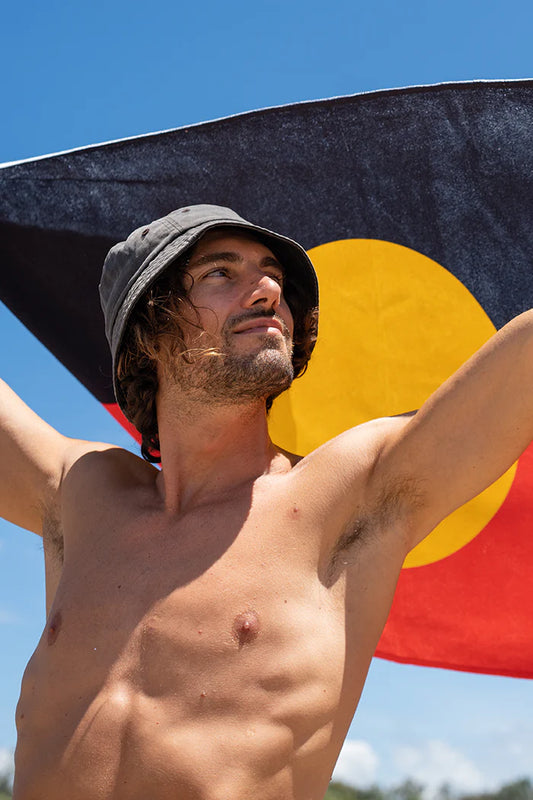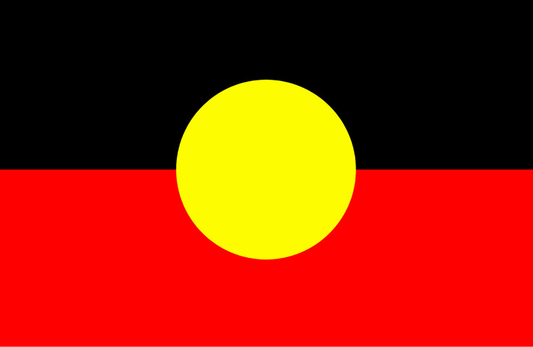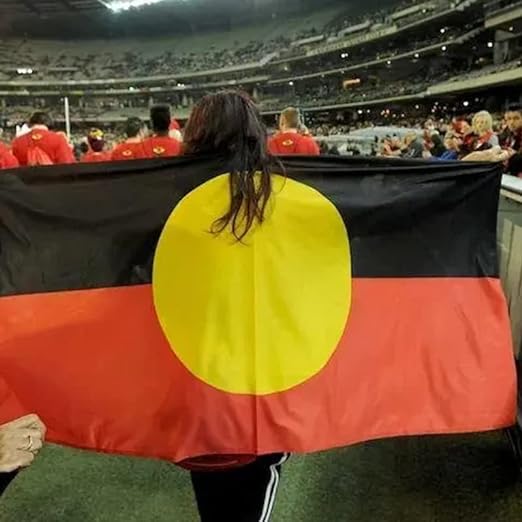Collection: Aboriginal and Torres Strait Islander
Indigenous Australians or Australian First Nations are people with familial heritage from, and membership in, the ethnic groups that lived in Australia before British colonisation. They consist of two distinct groups: the Aboriginal peoples of the Australian mainland and Tasmania, and the Torres Strait Islander peoples from the seas between Queensland and Papua New Guinea. The term Aboriginal and Torres Strait Islander peoples or the person's specific cultural group, is often preferred, though the terms First Nations of Australia, First Peoples of Australia and First Australians are also increasingly common; 812,728 people self-identified as being of Aboriginal and/or Torres Strait Islander origin in the 2021 Australian Census, representing 3.2% of the total population of Australia. Of these indigenous Australians, 91.4% identified as Aboriginal; 4.2% identified as Torres Strait Islander; while 4.4% identified with both groups. Since 1995, the Australian Aboriginal flag and the Torres Strait Islander flag have been among the official flags of Australia.
The time of arrival of the first human beings in Australia is a matter of debate and ongoing investigation. The earliest conclusively human remains found in Australia are those of Mungo Man LM3 and Mungo Lady, which have been dated to around 50,000 years BP. Isolated for millennia by rising sea water after the last Ice Age, Australian Aboriginal peoples developed a variety of regional cultures and languages, invented distinct artistic and religious traditions, and impacted the environment of the continent in a number of ways through hunting, fire farming and the introduction of the dog. Technologies for warfare and hunting like the boomerang and spear were constructed of natural materials, as were musical instruments like the didgeridoo.
Although there are a number of cultural commonalities among indigenous Australians, there is also a great diversity among different communities. The 2022 Australian census recorded 167 Aboriginal and Torres Strait Islander languages used at home by some 76,978 Aboriginal and Torres Strait Islander peoples. At the time of European colonisation, it is estimated that there were over 250 Aboriginal languages. It is now estimated that all but 13 remaining indigenous languages are considered endangered. Aboriginal people today mostly speak English, with Aboriginal phrases and words being added to create Australian Aboriginal English (which also has a tangible influence of Indigenous languages in the phonology and grammatical structure). Around three quarters of Australian place names are of Aboriginal origin.
The indigenous population prior to European settlement was scarce, with estimates ranging widely from 318,000 to 1,000,000 in total, with the distribution being similar to that of the current Australian population, the majority living in the south-east, centred along the Murray River. The First Fleet of British settlers arrived on instructions to "live in amity and kindness" with the Aboriginal population. Nevertheless, a population collapse principally from disease followed European colonisation, beginning with a smallpox epidemic spreading three years after the arrival of Europeans. Massacres and frontier conflicts involving European settlers also contributed to depopulation. From the 19th to the mid-20th century, government policy removed many mixed heritage children from Aboriginal communities, which was judged "genocidal" in the Bringing Them Home Report (1997).
-
‘Raise the Flag’ Aboriginal Flag Black Cotton Crew Neck Unisex T-Shirt
Regular price $15.00Regular priceUnit price / per$24.99Sale price $15.00Sold out -
Canterbury Club Plus Headguard Multi Colour
Regular price $59.99Regular priceUnit price / per$79.99Sale price $59.99Sale -
‘Raise the Flag’ Beach Towel
Regular price $25.00Regular priceUnit price / per$39.99Sale price $25.00Sale -
‘Raise the Flag’ Aboriginal Flag Black Cotton Men’s Muscle Tank Top.
Regular price $15.00Regular priceUnit price / per$24.99Sale price $15.00Sale -
Torres Strait Islander Flag (large)
Regular price $25.00Regular priceUnit price / per$29.99Sale price $25.00Sale -
Aboriginal Flag (large)
Regular price $25.00Regular priceUnit price / per$29.99Sale price $25.00Sale -
Australia Rugby Ball Size 2
Regular price $12.99Regular priceUnit price / per$19.99Sale price $12.99Sale -
‘Raise the Flag’ Aboriginal Flag Black Front Trucker Cap
Regular price $15.00Regular priceUnit price / per$24.99Sale price $15.00Sold out














